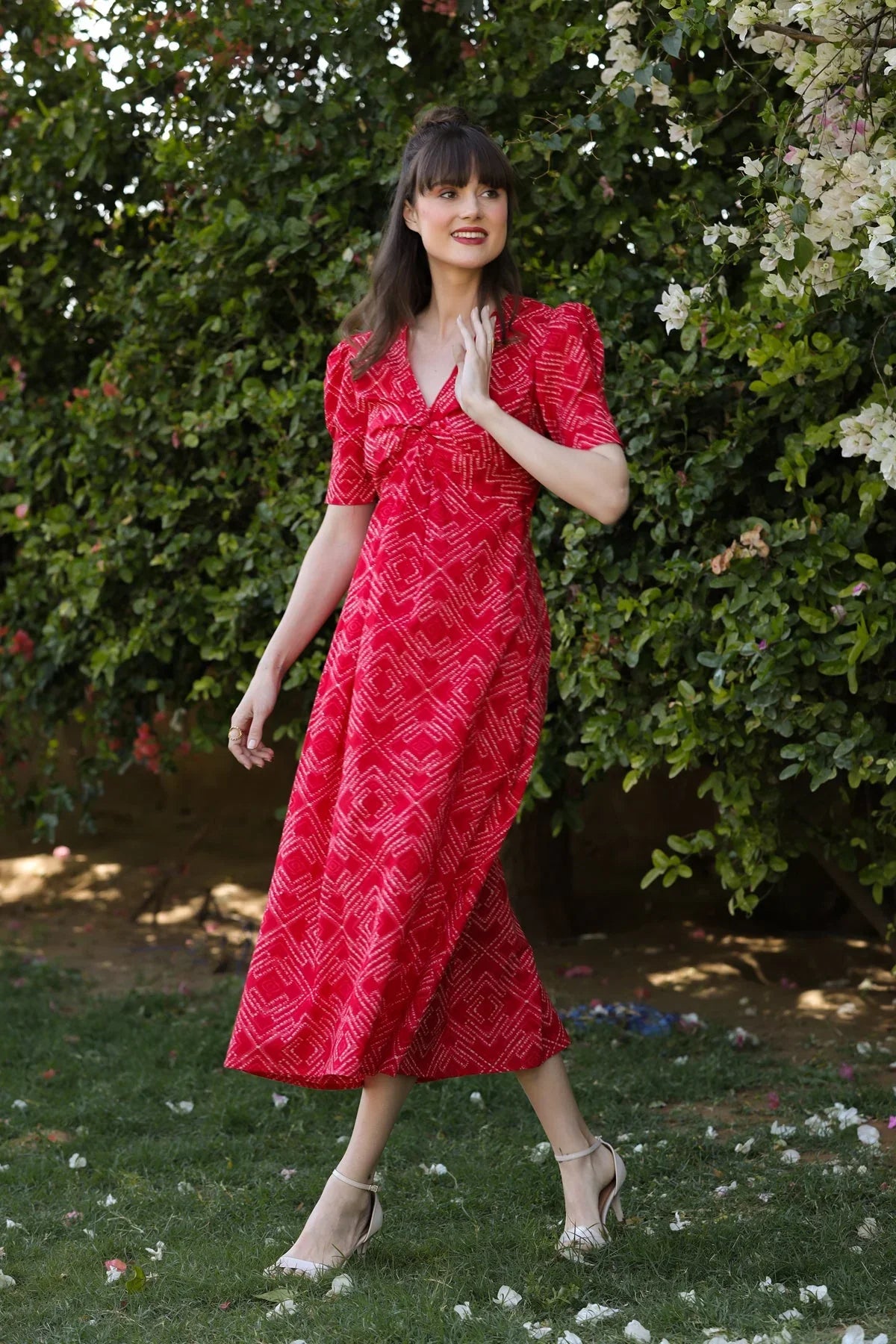I know it’s Pride and especially the time to celebrate the LGBTQ+ community, but as allies and as equal sharers of trouble, we’d also like to celebrate women who paved paths of success for generations of women to come. Who struggled their heart and sometimes they dignity out, to earn a piece of bread rightfully. Yes, we talk enough about empowerment. But there’s never enough. This is a journey. So let’s wait in the traffic jam and remember the women who brought us here to face our bosses every day of the week.
Ida B. Wells: Ida B. Wells, a talented journalist and social activist became a co-owner of the Memphis Free Speech and Headlight newspaper in 1892 as a result of her writings and political essays. She later co-founded the NAACP after co-founding the National Association of Colored Women. Wells was removed from a railway car designated for white women much before Claudette Colvin and Rosa Parks defied the odds by daring to not give up their seats on segregated buses. Wells was urged by the train attendant to go to the smoking cabin, where black commuters were compelled to sit, but she protested. She stated in her memoirs, "He tried to drag me out of the seat, but the moment he caught hold of my arm, I fastened my teeth in the back of his hand."
Pritilata Waddedar: Waddedar traveled to Calcutta to pursue higher study and registered as a Philosophy student at Bethune College. She was introduced to rebel Surya Sen in the city. History dictates members of Sen's organization originally protested her membership, but slowly yielded when they realized her dedication to the cause of the motherland's freedom. At the Chittagong Armory Raid in April 1930, Waddedar, then 20 years old, developed plans with Surya Sen and notable others to raid the British forces' arsenal and damage telegraph and telephone cables. While several of the group's members were apprehended and imprisoned, Waddedar and a few of her fellow fighters were able to flee and reorganize over the next few months. She and 15 other revolutionaries invaded an infamous European Club, which read a sign "Dogs and Indians not allowed." The rebels set fire to the club and were later apprehended by British police. Pritilata took her life by swallowing cyanide in order to avoid being arrested.
Coco Chanel: Women's clothing was significantly more sexist prior to Coco Chanel taking over fashion. This was modified by Chanel's basic and casual designs. She was a shrewd businesswoman who built a fashion house that still dominates the world of couture today, in addition to forever changing the culture of clothes for women. With Coco Chanel's career growing, so did her designs, which included more comfortable attire than ladies were accustomed to at the time. She took the world by a frown when she decided to wear pants to a gondola ride, because it was practical!
Virginia Woolf: Virginia Woolf, a centerpiece of the Bloomsbury set and a modernist novelist, continues to amaze waves of people with her stunning plunges into her characters' interior worlds. Her essay, A Room of One's Own, which called for female authors' financial independence and freedom, was a significant feminist book. She has authored plenty more books which give us a better understanding of women and their independence in subtler settings. Her radical feminism revealed dark truths about society, which gave us the will and inspiration to fight against deep-rooted oppression.
The thought behind writing this article was supposedly the number of journals present on the internet titled “Has feminism gone too far?” No. It hasn’t and we still have a long way to walk. It would be wrong to deny a certain chunk of the populace has better financed benefits on the account of the rest, but our aim prevails to eradicate all sorts of discrimination, whose forefather we name patriarchy.



